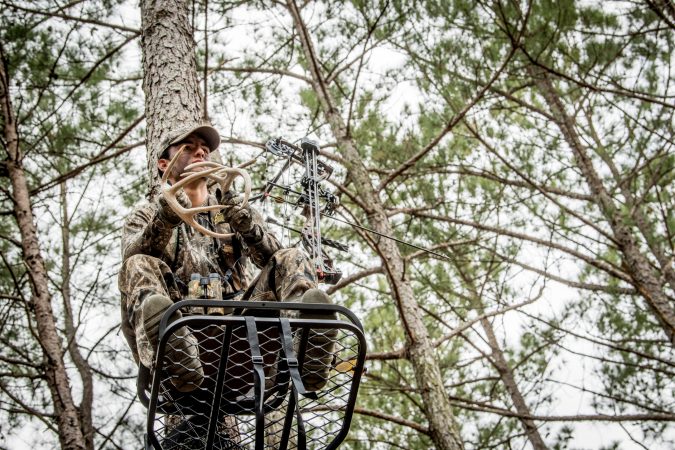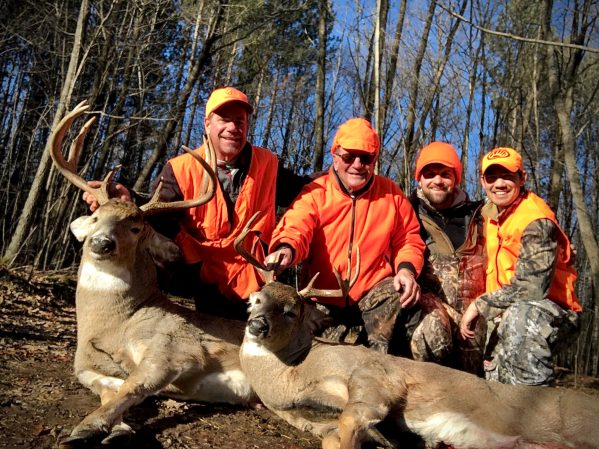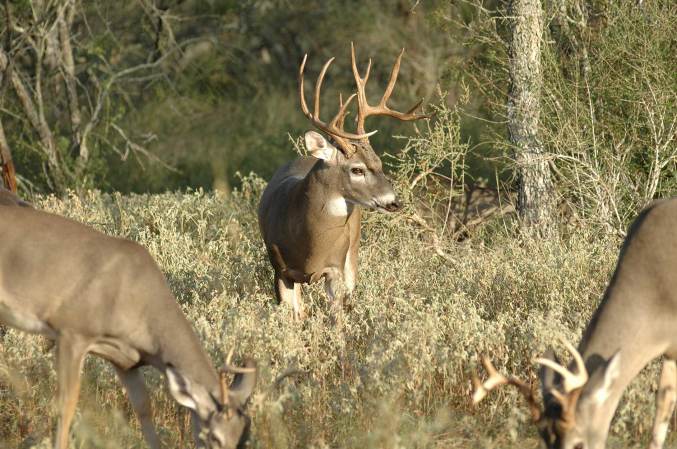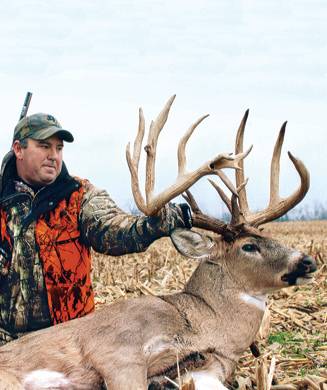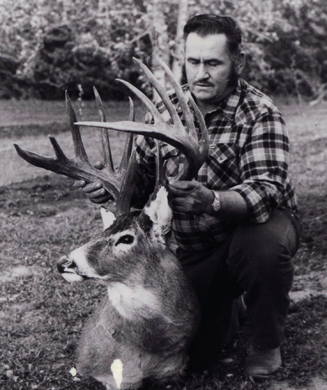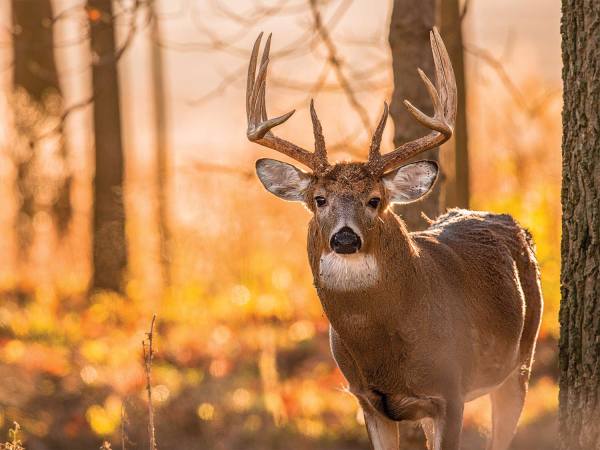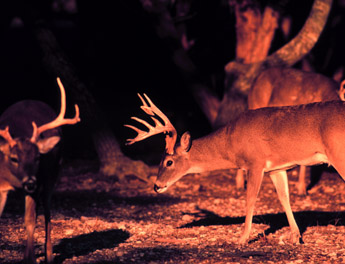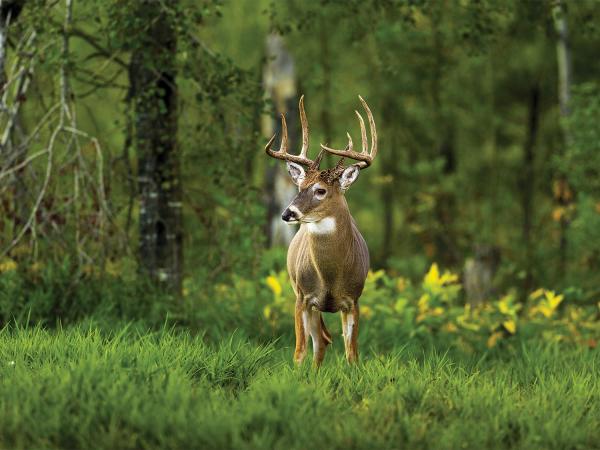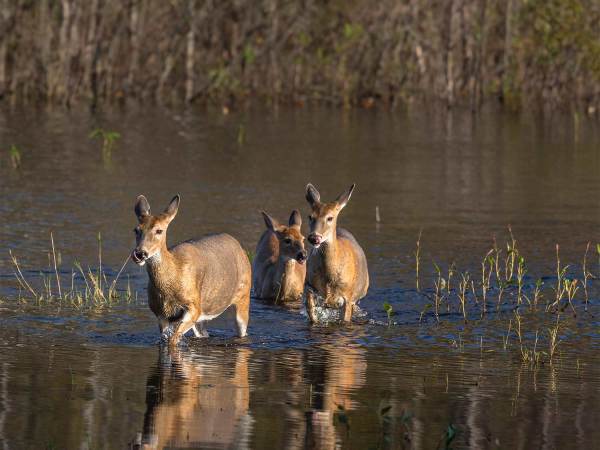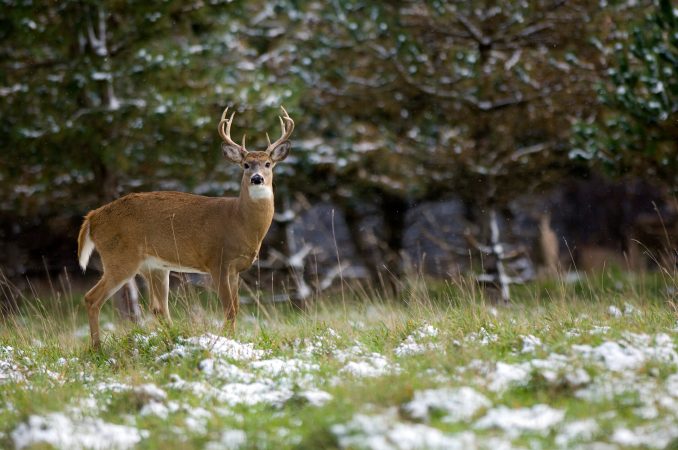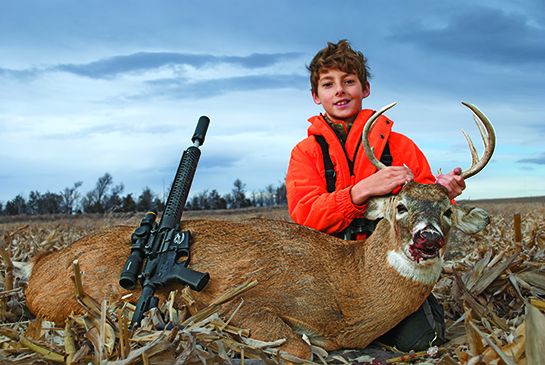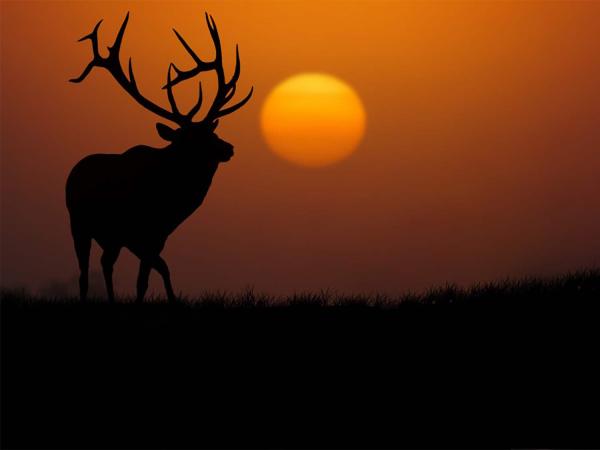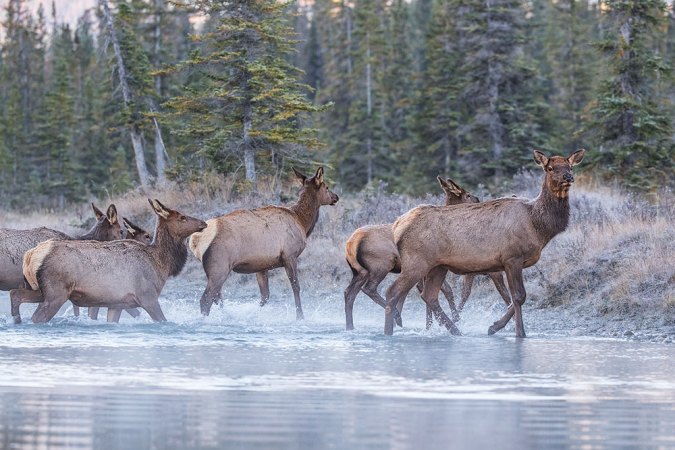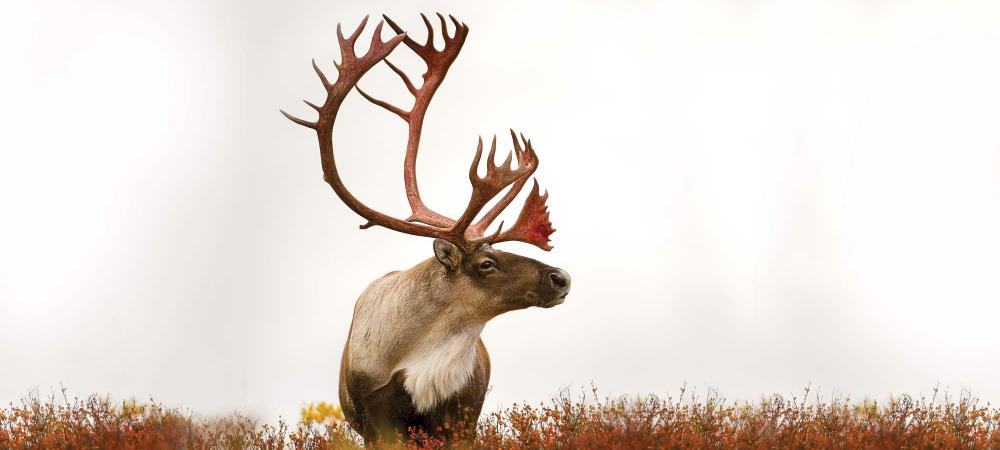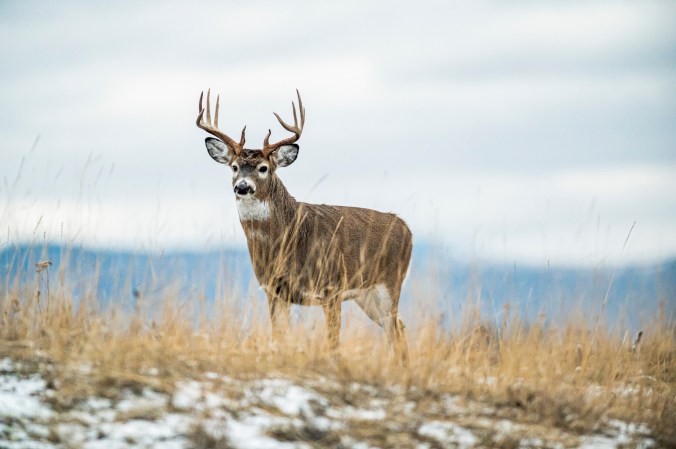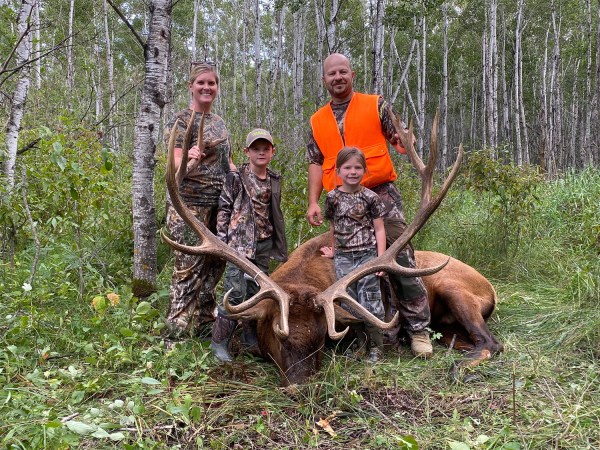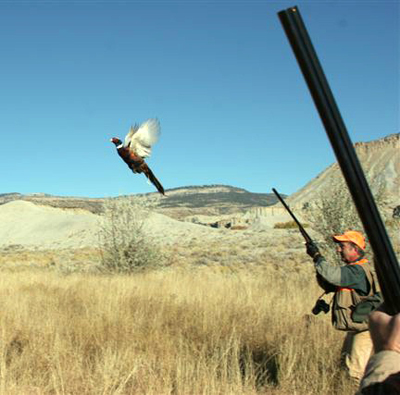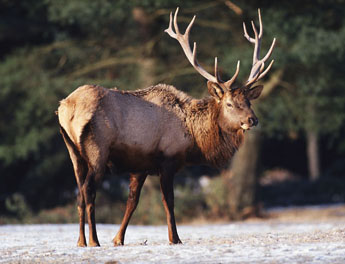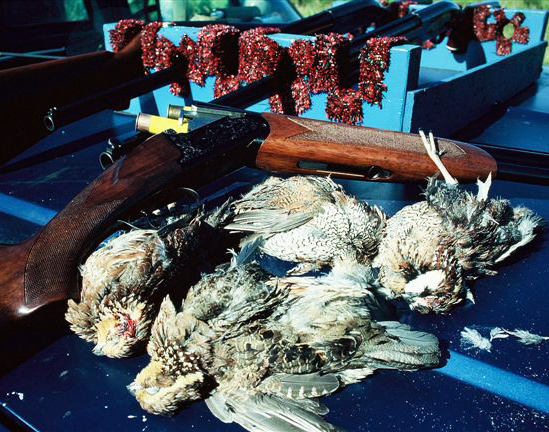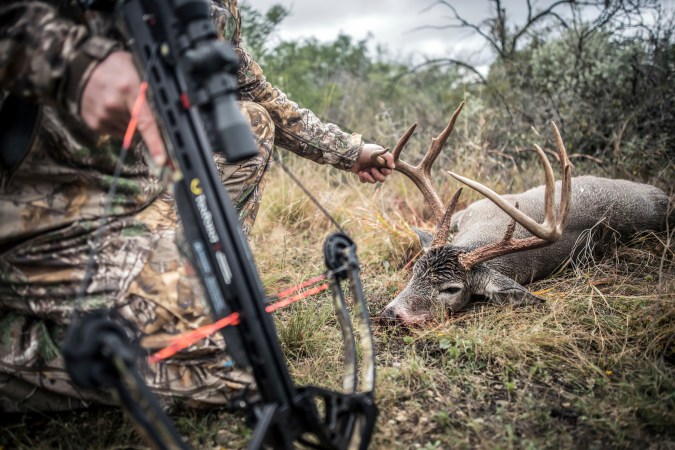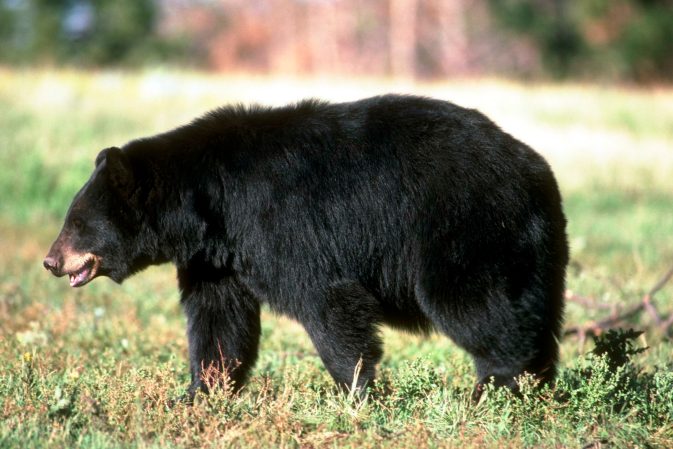Hoosier State hunters took a record number of deer in 2012 (136,248), including the most antlerless deer (90,312) in the state history. Tim Beck’s massive Indiana non-typical whitetail (305 7/8-inches) became the second-largest non-typical buck ever harvested by a hunter.
Like many other Midwestern states, Indiana whitetails were hit hard in 2012 by epizootic hemorrhagic disease (EHD), wiping out herds in several contained areas. Nonetheless, another mild winter and good spring rainfall are helping deer numbers increase, prompting the Indiana Department of Natural Resources (IDNR) to increase antlerless quotas in many areas, and to enact new regulations.
“We have instituted an earn-a-buck restriction in urban areas and a late antlerless season in many counties to help further reduce the doe population,” said Chad Stewart, a deer research biologist for the IDNR.
Urban hunters must harvest a doe before they’re allowed to bag a buck. The bag limit is still four antlerless deer, or three antlerless deer and one buck.
The late antlerless firearm season will run from Dec. 26 – Jan. 5, 2014, and will only be held in counties with a bonus antlerless quota of four or more deer.
Regulation Changes
This year the IDNR is offering a deer license bundle, which allows an individual to harvest up to one antlered deer and two antlerless deer, or three antlerless deer, with only one license privilege. An antlered deer that’s harvested with the deer license bundle counts toward the limit of one antlered deer for all hunting seasons. Antlerless deer harvested with the deer license bundle count toward the bonus antlerless deer county quota.
Public Land
Stewart expects the 2013 harvest to be slightly down from last year. But hunters shouldn’t be concerned, as the state still has plenty of deer to go around. The southern region offers great state forest public land hunting opportunities. Hunters should spend some time at the Harrison-Crawford State Forest and the Jackson-Washington State Forest. And because the new state record non-typical was taken last year near the Roush Lake Fish and Wildlife Area (FWA), expect to see more hunters there this fall.

